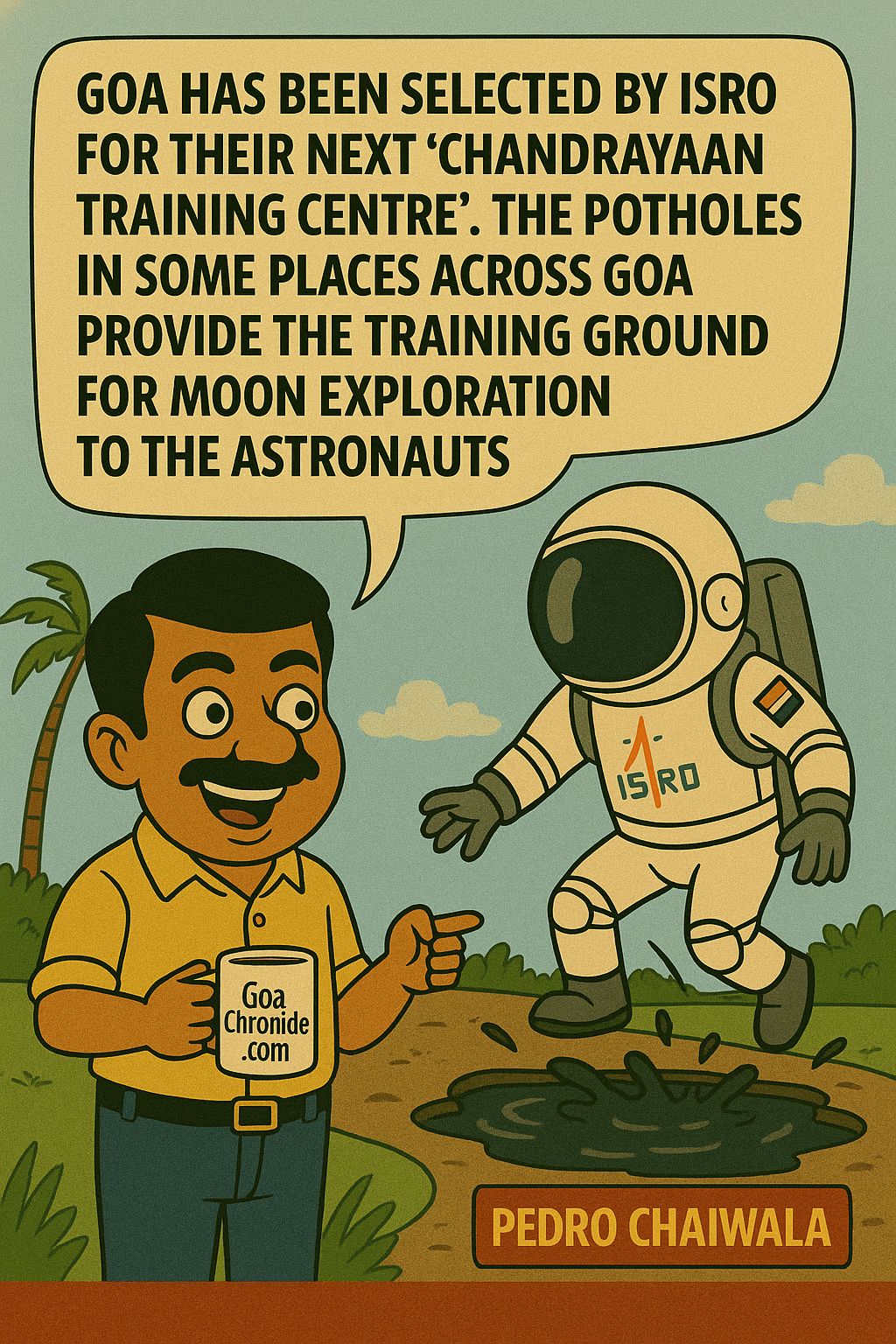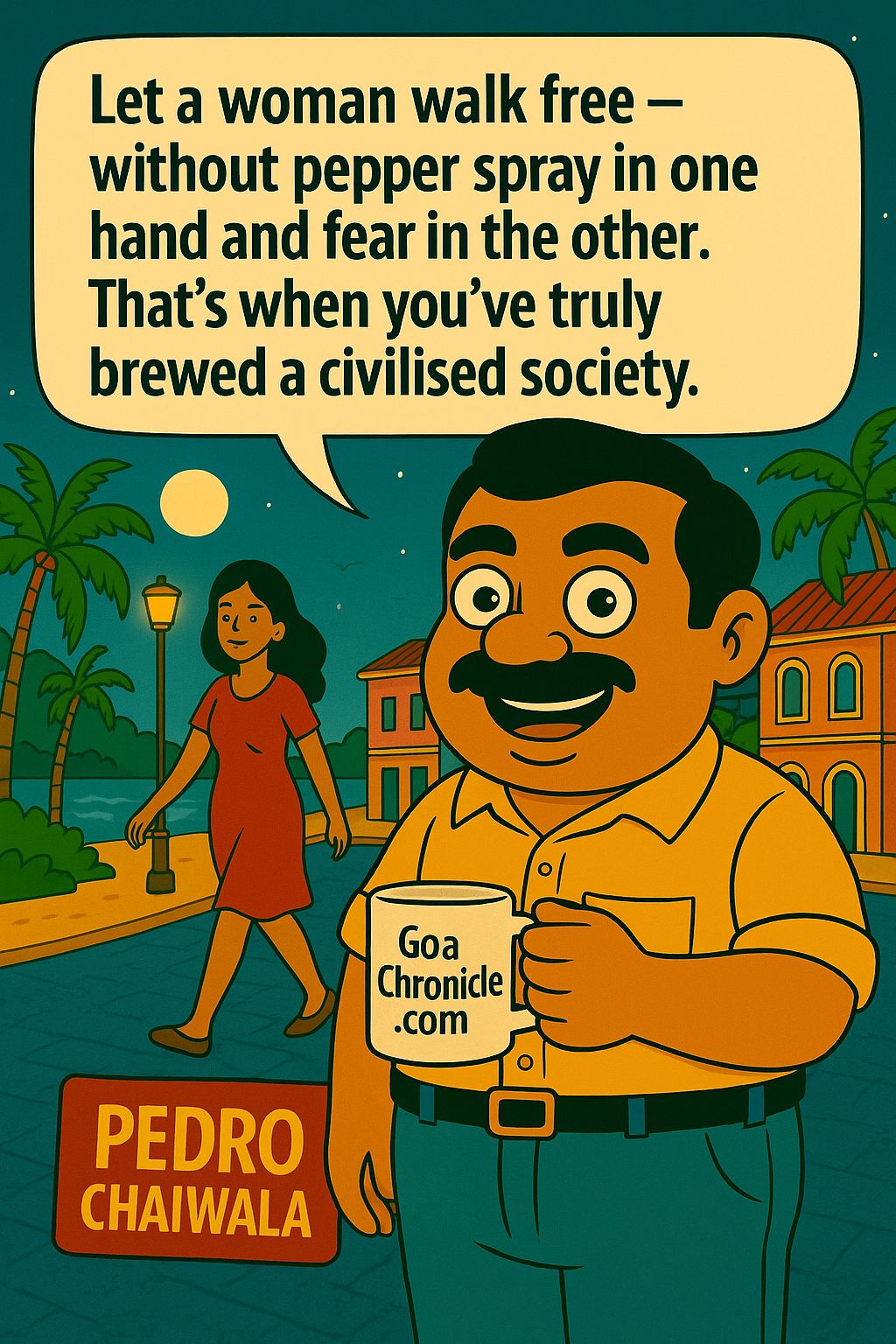The documentation process of the disappearing art forms of different nomadic groups like the Jogis, Nats, Bhaats, Bhopas, Banjaras, Madaris, Van Bagarias, etc. is being carried out by the Arts and Culture Department of the Government of Rajasthan. In the wake of which, the documentation of the puppet art of the nomadic Bhaat group, which is thousands of years old, has been completed. The Bhaat community is settled near the Pushkar Fair ground and Ganahera village, in the Ajmer district.
Ashwini Sharma, the Co-Ordinator of the documentation process being carried out by the Department of Arts and Culture, Rajasthan, and scholar from Germany’s Heidelberg University, said that during the process of documentation, Khairati Lal Bhaat, Ajmeri Lal Bhaat, Rakesh Bhaat, Suresh Bhaat, and Gyaani Bhaat, together, organized a puppet show and revealed information about puppet making. On the other hand, women of the community, Mirdha, Dhaapu, and Banarasi, gave live demos of painting puppets, along with horses, camels, and elephants made out of dried grass; sewing of dresses as per the characters of the puppets; and their makeup. The puppets were then made to dance to the music of dholak and Bhaat traditional songs were sung.
Puppet shows have 52 characters in all, including those of Ashoka Samrat, King Vikramaditya, King Bhoja, Samrat Prithviraj Chauhan, Maharana Pratap, Tipu Sultan, the Nawab of Awadh, Chhatrapati Shivaji, Maharaja Dungar Singh, Amar Singh Rathore, Raja Man Singh, Arjun Gaur, Emperor Akbar, and Maharani Lakshmibai. The Bhaat community is of the opinion that the government of the state has taken an appreciable step towards the protection of the puppet art with its documentation.
The puppet art is considered to be complete art, wherein the Bhaats, who cannot read or write, make their own songs, memorize them, sing them, dance to them, build their characters, and select their outfits. The aim behind its documentation is to make sure that these skills are used in other cultural activities in the country as well. The puppet art can also be a strong medium to disseminate information related to the field of healthcare, condemn social evils, and spread information related to the government’s policies.
In India, there are 4 styles of puppet making- Chhad, Chhaya, Dastana, and Dhaga styles, out of which the dhaga style is the most special one, and is the oldest one too. In which, the making of the puppet’s eyes, eyebrows, and lips, make it special. Through the documentation, the information related to Bhaat puppet-making, related stories, their way of decorations, their characters, the folk songs of the Bhaat women, their folk dance, etc. is being recorded.































